Amidst of the solar storm that rendered the already challenging band conditions almost miserable, I decided to take it easy and postpone any major multi-park activation plans. Instead, it was a good time to try a different antenna setup that I had in my mind for quite some time. While doing research on portable vertical antennas even before getting mine, I read accounts of several people using longer whips with their antennas, that should naturally lead to increased performance due to longer radiating element. Thus, I decided to purchase an MFJ-1979 whip to try it with my SuperAntenna. This telescopic whip is the longest in the MFJ series – it has 10 sections, collapses to 27″, and is 16.9 feet long when fully extended. It has a standard 3/8-24 mounting stud, making it suitable for use not only with SuperAntenna, but also with the Wolf River Coils products, as well as some others.

For this little outing, I was joined by my friend Eric KEØTEL and his son Carter KEØTEK. They both got into the hobby about a year ago, and I was excited to see their interest in the HF communications. We chose the Chalco Hills Recreation Area in southwest Omaha (designator K-4011 in the Parks on the Air program) for our radio adventure.
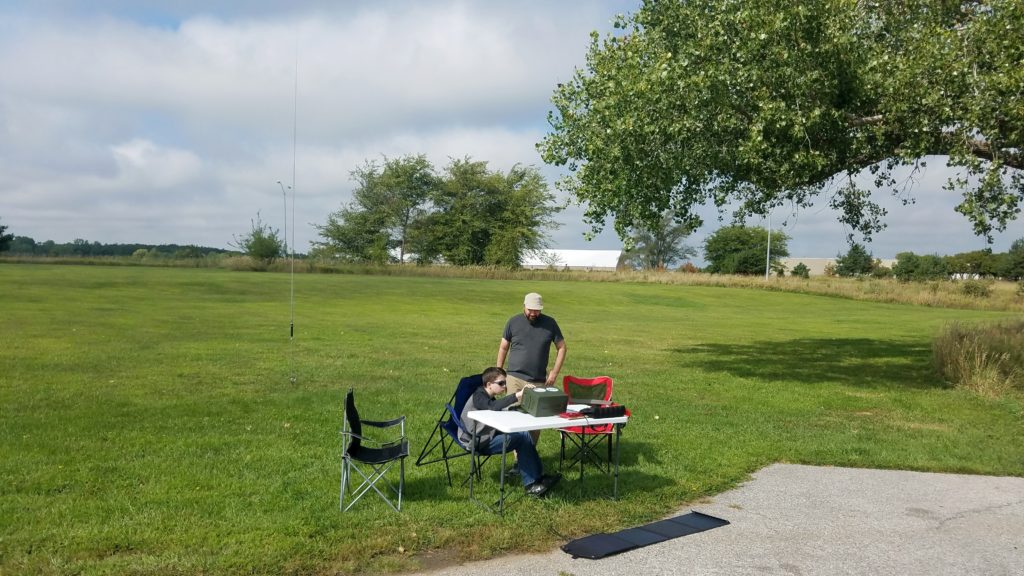
The main difference in using a longer whip with the antenna is that it becomes electrically longer. Thus, the very handy ruler that comes with SuperAntenna and makes its tuning a breeze can no longer be used. However, after doing some simple math we will see that the task is actually not at all that complicated – and in practice tuning only takes 1-2 minutes.
Today we only tested two bands – 20 and 40 meters, and we began with the one that is traditionally my go-to band during the daytime. As many other analogs, SuperAntenna is a quarter-wavelength resonant multibander with a coil not far from the feedpoint that adjusts the overall electrical length of the antenna. On 20 meters, a quarter of the wavelength would be 5 meters. With its stock 44-inch whip the antenna needs part of the coil to achieve the electrical length of 5 meters (or 16.4 feet). Since the MFJ-1979 whip is 16.9 feet long by itself, and the antenna also has two extension rods (measuring 1 foot each), we won’t need the coil at all to reach the desired length. Moreover, for 20 meters we will need to keep one of the sections of the whip retracted, and the other one about half-extended. Here’s why:
Overall length = Whip length (16.9 ft) + 2 x Extension rods (2 x 1 ft) = 18.9 ft
Average section length = Whip length (16.9 ft) / Total sections (10) = 1.69 ft
Extra length = Overall length (18.9 ft) – 1/4 wavelength @ 20 m (16.4 ft) = 2.5 ft
Sections retracted = Extra length (2.5 ft) / Average section length (1.69 ft) = 1.48 sections
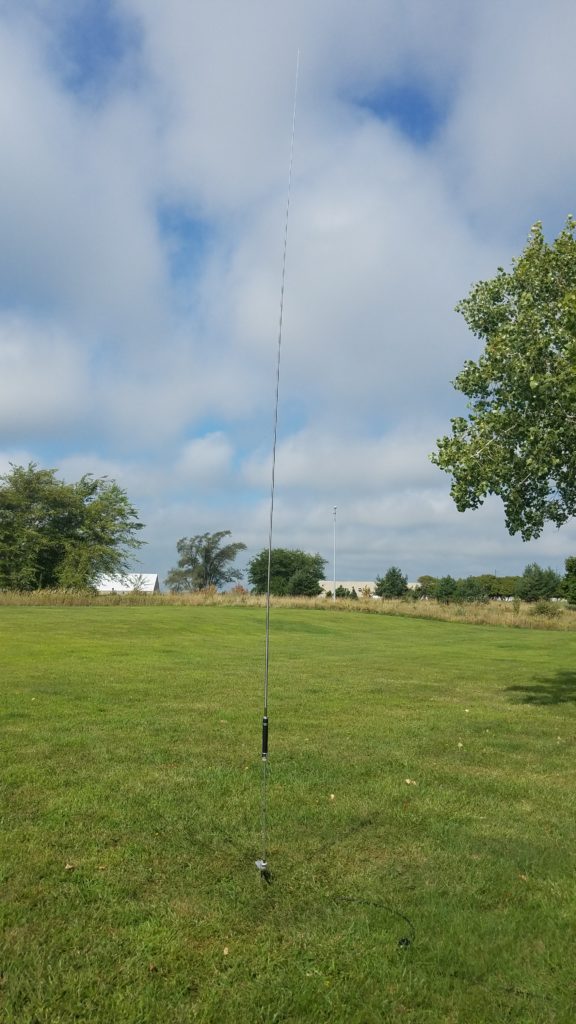
Instead of using the coil for final tuning, in this configuration one has to slightly extend or retract a section of the whip in order to achieve the minimum SWR in the desired portion of the band. To move the SWR minimum slightly to the right (higher frequencies, shorter wavelengths), one needs to retract a few inches of the whip’s section to make the overall electrical length of the antenna a little bit shorter. If you need to move the SWR minimum to the left (lower frequencies, longer wavelengths) – then extend a section by a few inches. To my satisfaction, the antenna turned out to be fairly wide-band with the long whip, and the SWR remained well below 1.5 across the whole amateur portion of the band.
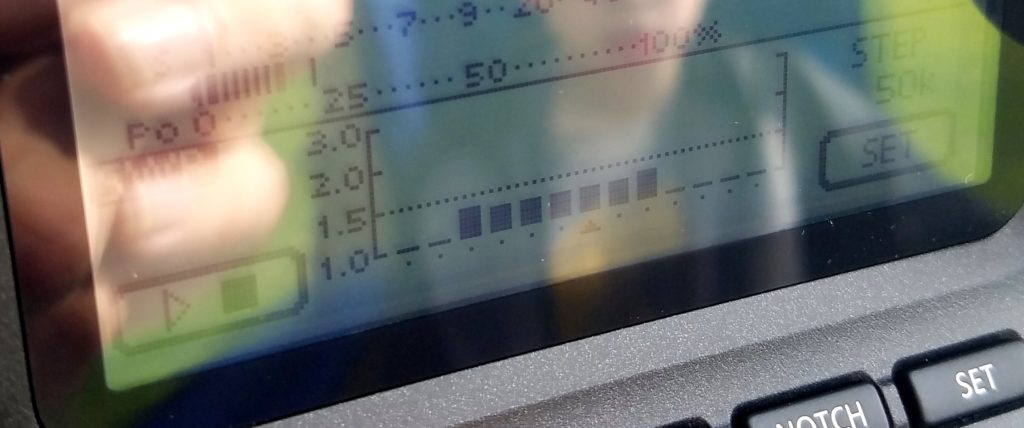
Similar considerations are used to figure out the tuning of the antenna for 40 meters. Since the quarter of the wavelength (10 meters) is longer than our whip and the antenna’s extension rods (18.9 ft or 5.76 meters), we will need to fully extend our whip, and also involve part of the SuperAntenna’s coil. However, it is quite evident that our resonant position will be below the one indicated by the SWR ruler (since we will use less coil than we would, had we used a shorter stock whip). Here’s approximately where we should put the coil before fine-tuning:
Length compensated with coil = 1/4 wavelength @ 40 m (32.81 ft) – MFJ whip length (16.9 ft) = 15.91 ft
Antenna length with stock coil = Compensated length (15.91 ft) + Stock whip length (3.67 ft) = 19.58 ft
Wavelength = 4 x 19.58 ft = 78.32 ft or 23.9 meters
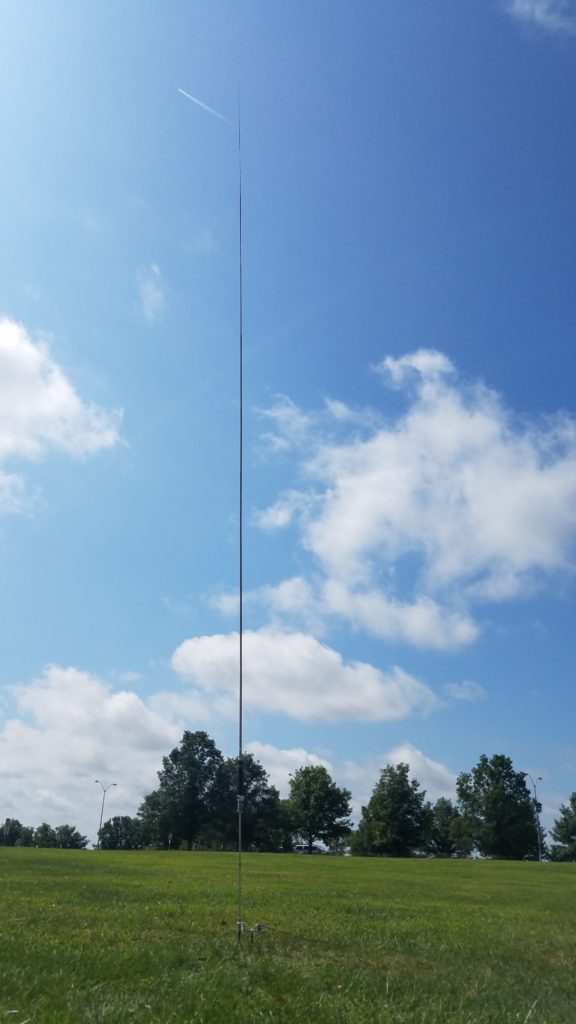
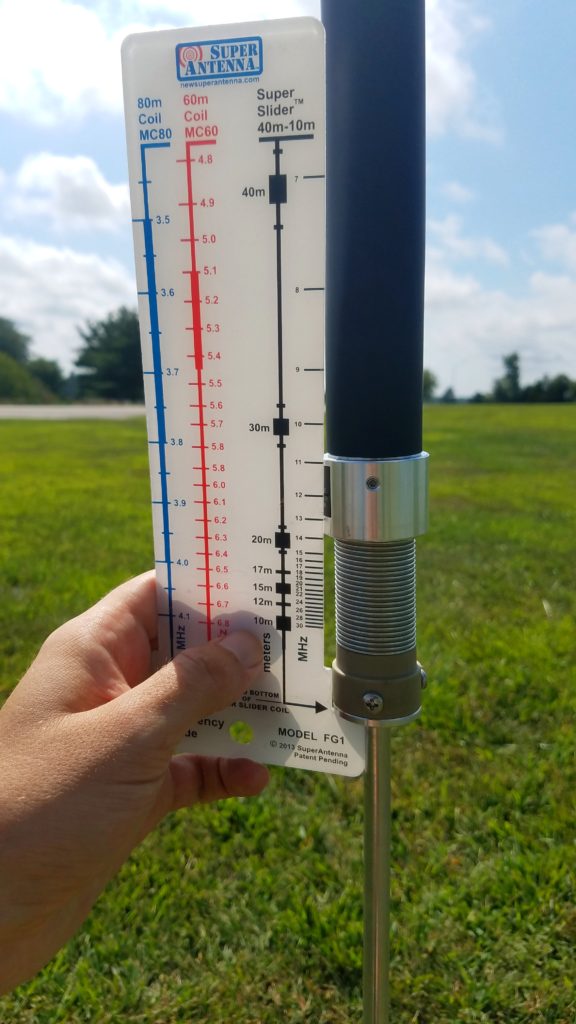
As we can see from the picture above – it was a pretty good shot at where the resonant position of the coil would be on 40 meters! The fine-tuning is performed by moving the coil slightly up or down, leaving the whip fully extended. Like in the previous case, to move the SWR minimum slightly to the right (higher frequencies, shorter wavelengths), one needs to move the coil down to make the overall electrical length of the antenna a little bit shorter – and vice versa. The bandwidth is narrower on 40 meters, which was expected – however, the SWR remains below 1.5 for the most of the amateur part of the 40 meters band.
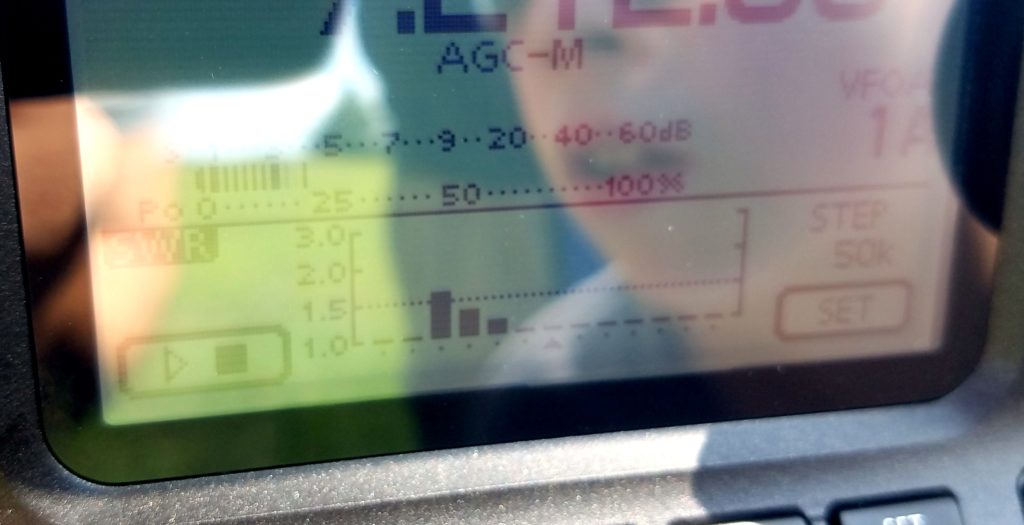
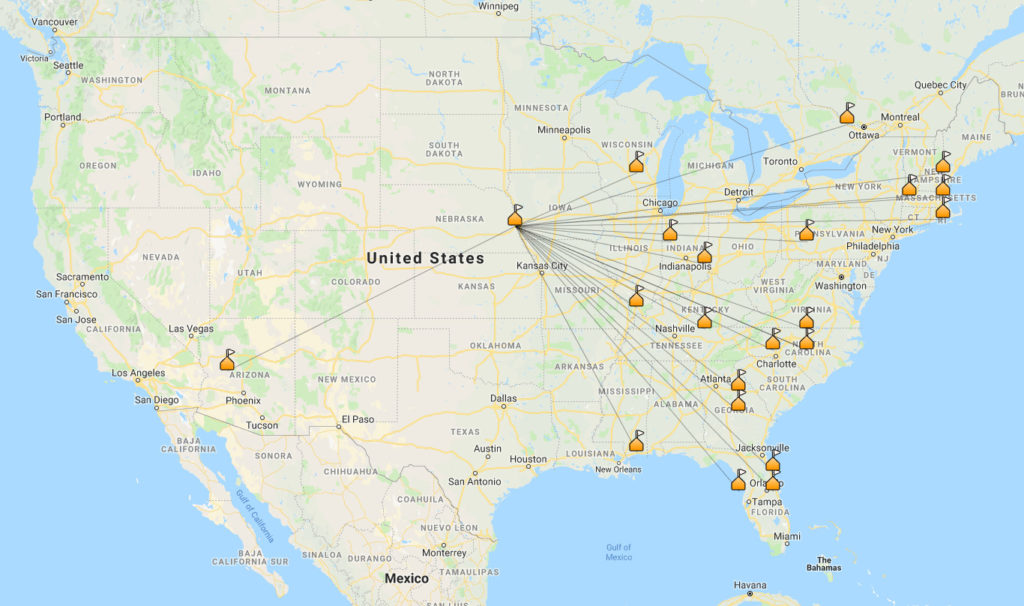
Of course the main result of today’s little radio adventure was that the park was successfully activated with 22 contacts logged on both 20 and 40 meters, and two park-to-park QSOs with stations in Big Branch Marsh National Wildlife Refuge in LA and Adair Wildlife Management Area in KY. The noise on 40 creeped towards S4 in the end of our session, so it was harder and harder to copy the stations.
The highlight of the day for me was, without doubt, the honor of introducing the HF to two fellow hams – it is always rewarding to share my experience, even though I barely spent a year on HF myself so far. Carter KEØTEK operated the station as a third party most of the time, and showed quite promising skills in handling what almost became a pileup, as well as pulling some challenging contacts with a few weak stations. I very much hope that this experience will inspire them to further pursue the HF communications and earn their General class privileges at some point in the future!

As for the equipment – I am very curious to have a more robust and objective comparison of the SuperAntenna’s performance with its stock titanium whip vs. the 17-foot whip from MFJ. I am planning on setting up such test using digital modes and PSK Reporter to compare propagation results. Stay tuned!